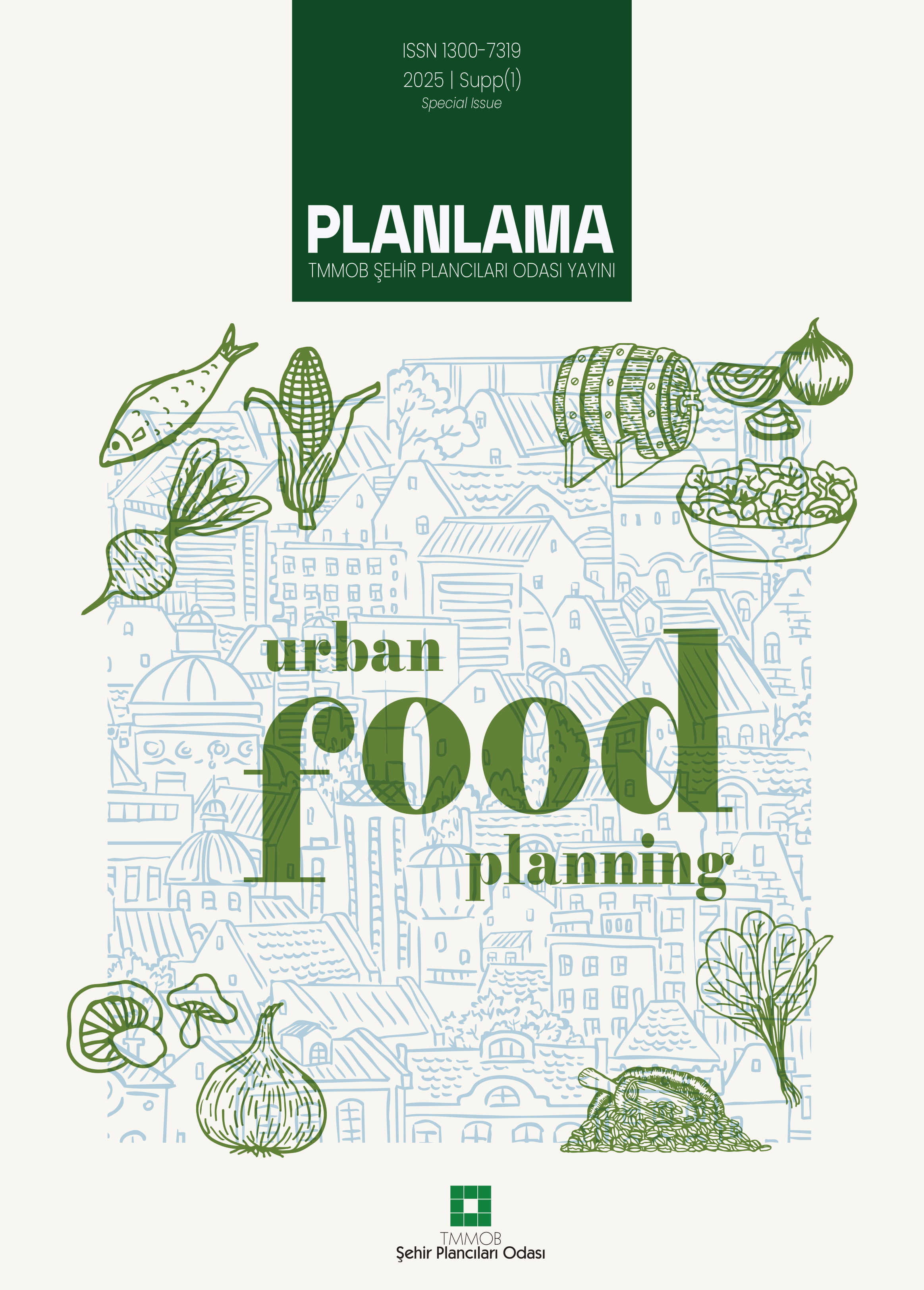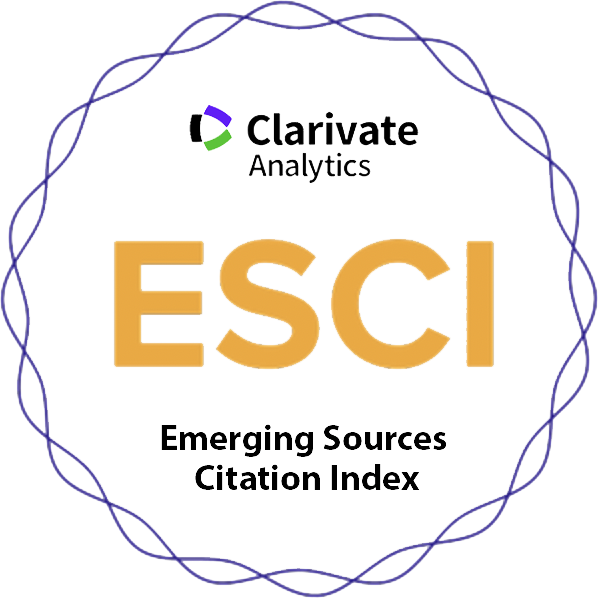Fluctuating Transformations in the Atatürk Forest Farm and Ankara
Deniz Kimyon1, Gencay Serter21Orta Doğu Teknik Üniversitesi, Mimarlık Fakültesi, Şehir Ve Bölge Planlama Anabilim Dalı Doktora Programı, Ankara2Ankara Üniversitesi, Siyasal Bilgiler Fakültesi, Kent Ve Çevre Bilimleri Anabilim Dalı Doktora Programı, Ankara
This paper aims to define the integrated, dialectical urban problems presented by the Atatürk Forest Farm (AFF) and Ankara. The formation of a new social structure in the wake of the Republican revolution coincided with the establishment of the AFF and with Ankara as the nations capital. From a political perspective, the transformation of Ankaras urban spatial patterns has been reciprocally impacted by the development of the AFF as a significant urban district. This article examines the changing urban macroform of Ankara as it has encroached on the boundaries of the AFF. From the 1920s to the present, these areas have been evaluated at various legal, administrative, economic and political levels. Discussed are the ways in which practices of neoliberal urbanization have had severe effects on the land of the AFF, focusing specifically on the 2000s. Through the AFF was established as a symbol of collectivity and publicity, it has instead come to represent the exertion of political power through coercion, being the site of a milestone in the legitimization of disregard for law and order, and the subject of a new urban social opposition. In this framework, transformations of the AFF throughout history indicate changes in the urban macroform of Ankara. This paper endeavors to document the multiplicity of effects of interventions in the use of crucial public land, specifically relating to the AFF and Ankara but with implications for all urban areas.
Keywords: Ankara, Atatürk Forest Farm, publicity, space; property; reproductionAtatürk Orman Çiftliği(AOÇ)nin ve Ankaranın Değişimi Dönüşümü
Deniz Kimyon1, Gencay Serter21Orta Doğu Teknik Üniversitesi, Mimarlık Fakültesi, Şehir Ve Bölge Planlama Anabilim Dalı Doktora Programı, Ankara2Ankara Üniversitesi, Siyasal Bilgiler Fakültesi, Kent Ve Çevre Bilimleri Anabilim Dalı Doktora Programı, Ankara
Bu yazı AOÇ ve Ankaranın bütünleşik, diyalektik kent sorununu tarif etmeyi amaçlamaktadır. Cumhuriyet devrimi sonrası yeni toplumsal yapının formülasyonunda AOÇnin kuruluşu ve Ankaranın başkent oluşu tarihsel olarak kesişmekle beraber, sonrasında da önemli bir kent parçası haline gelen AOÇ ile Ankara kent bütününün mekânsal örüntülerinin değişimi ve dönüşümü de siyasal perspektif çerçevesinde birbirini izlemiş ve etkilemiştir. Bildiri Ankara kent biçeminin değişimini, bizatihi AOÇ arazileri ve çeperinde incelemekte; bu alanların 1920lerden bugüne değişen yasal, yönetsel, ekonomik, siyasal düzlemde değerlendirilmektedir. Bu anlamda özellikle 2000ler sonrasına yoğunlaşılarak, neoliberal kentleşme pratiğinin AOÇ arazisi üzerindeki çarpıcı etkilerinin bir değerlendirmesi yapılmıştır. AOÇ özü, tözü itibariyle bir kamusallığın, kolektifliğin simgesi olarak üretilmiş iken; siyasi otoritenin iktidarını zor ile simgeleştirdiği bir alan haline dönüşmüş, hukuk ve kural tanımazlığın meşruiyet kazandığı bir dönüm noktasına tanıklık etmiş, yeni kentsel toplumsal muhalefetin konusu haline gelmiştir.
Bu çerçevede AOÇnin değişim ve dönüşüm hikâyesi aynı zamanda Ankara kentsel mekânını, kentsel macrofromunun değişimine işaret etmektedir. Bildiri önemli bir kamu arazisi olan, AOÇdeki tumturaklı müdahalelerin Ankara kent bütününe çarpan etkisini belgeleme uğraşıdır.
Manuscript Language: Turkish













